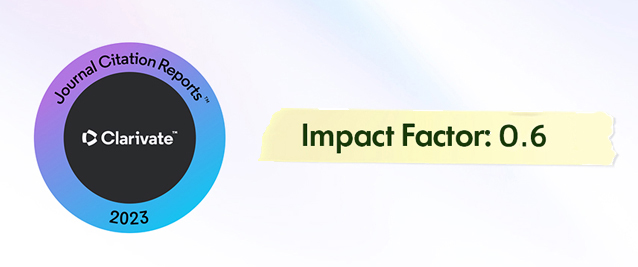2Department of Civil Engineering, Yildiz Technical University, İstanbul, 34220, Türkiye
3Department of Biology, Faculty of Science, İstanbul University, İstanbul, 34134, Türkiye
Abstract
Self-healing concrete is a type of concrete formed by delayed or secondary hydration of cement and its particles with water in the matrix leaking through cracks, and calcium hydroxide and carbon dioxide on the crack surface react with calcium carbonate to provide protection against leakage through cracks. In recent studies, it has been observed that bacteria can self-repair with the production of calcium carbonate-based minerals and this repair provides protection against leakage, pore permeability and protection with increased strength and durability by reducing the infiltration of harmful substances into the internal structure.
In this study, 32 different batches of samples were produced by using Bacillus thuringiensis, Pseudomonas putida and Sphingomonas mucosissima bacteria in mortar mixtures prepared by traditional methods with 2 different water/cement ratios and 3 different mineral additives. The bacteria used are cave isolates that provide calcium carbonate formation, and these isolates were multiplied in the appropriate growth culture and then added to the prepared mortar samples together with the mixture water. The specimens were cured with tap water for 28 days and then subjected to suction, ultrasonic, flexural and compressive strength tests. The results of the tests revealed a reduction in the porous structure of the specimens containing bacteria, resulting in lower water absorption rates compared to the reference specimens. It was observed that most CaCO3 was produced by Pseudomonas putida bacteria. However, there was no significant difference in compressive and flexural strengths compared to the reference specimens.














